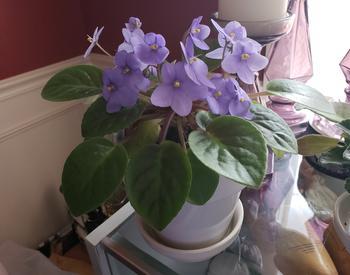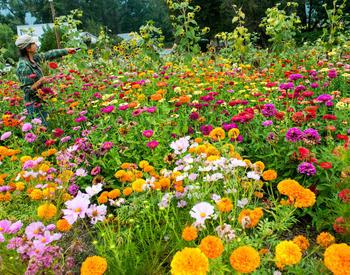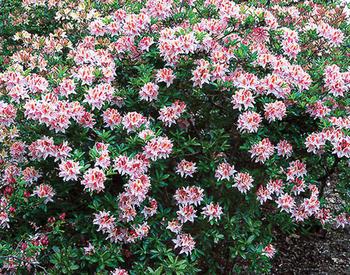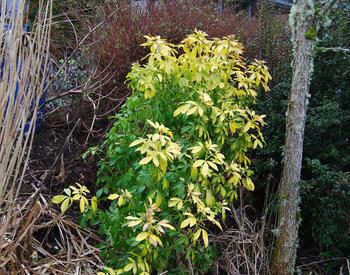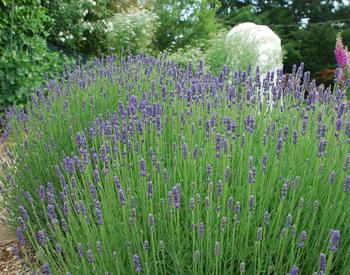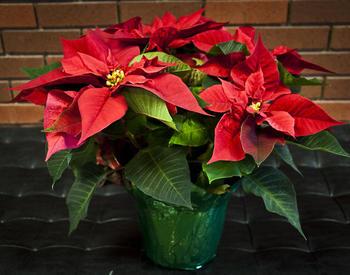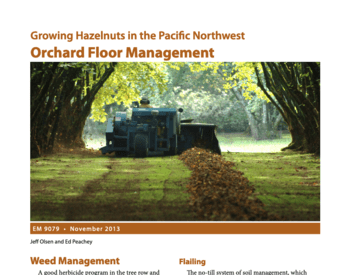Transcript
Welcome to Living on the Land, an award-winning source of useful information brought to you by your Oregon State University Extension Service. When it comes to taking good care of your pollinators, put large groups of plants they love close together, rather than in small isolated patches. For example, planting a single species in three-foot-wide patches makes it easier for them to find and collect pollen and nectar. If your habitat is large and full of flowering plants, you might not need to group your plants this way.
The best sites for pollinators are mostly open and sunny, for at least part of the day. An important first step is preparing the site. It may take a few years to get rid of weeds before you can plant or sow the plants you want. Weed control will be important for the first two to three years. However, you might want to leave some non-noxious weeds to give pollinators food when other resources are low. For example, monarch butterflies need native milkweeds to lay their eggs on.
And milkweed is the only food that monarch caterpillars can eat. When plants are new and putting down roots, water deeply at appropriate times during the dry season. Be aware that different plants will have different watering needs.
But once they're established, native plants will actually take less water and maintenance. Choose an assortment of blooming plants to attract a diverse and abundant mix of bees. Make sure you have at least three flowering plants per season, including spring, summer, and late summer or early fall.
If there is food available for the bees in early spring, there will be more bees in the middle and end of the year. Also include native bunch grasses among your plants. These can help keep the weeds out and offer places for pollinators to nest and spend the winter. Check plant selection and installation guides for recommendations for your area. For more information about pollinators, contact your local OSU Extension Service agent, Soil and Water Conservation District, or Natural Resources Conservation Service.
This podcast episode is part of the Living on the Land series. It provides concise information on how to attract and support native pollinators by creating and maintaining the right habitat, including features like nesting sites, quality food, and shelter from pesticides.
This is from the Living on the Land series. Download the related PDF - Living on The Land: Providing Habitat for Native Pollinators
The phrase “Living on The Land” is used with permission from Living on The Land Stewardship for Small Acreage, © 2008, UNCE/WSARE.

